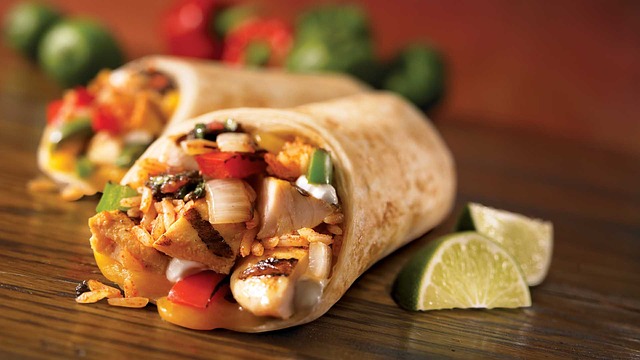If your business offers a tiered loyalty program with an annual cycle, beginning of the year may be a “heartbreaking” time for customers who failed to earn enough and was demoted from their previous premium tier status. Some argue that this is one of the downsides of a hierarchical loyalty program. What can you expect from these customers? What can you possibly do to earn back the love (or at least not lose the respect) of these demoted customers? I looked into research in this area to find some answers.
Negative Impact from Demotion
Just like anyone who have flown first class may feel quite miserable going back to the economy cabin, losing one’s premier tier status in a loyalty program is likely to have some damaging impact. This negative impact can have a more “rational” source and a more emotional source. On the rational side, getting demoted means the loss of important benefits such as higher point earning ratio and free perks. So objectively speaking, consumers lose something concrete when they get demoted. But that objective loss is only part of the story. The most important impact comes from the emotional effect of demotion. It is common for demoted customers to feel frustrated, disappointed, uncomfortable, or even angry.
Whether the demoted customer is driven by rational loss or by an emotional response, the ultimate outcome is higher dissatisfaction, lower loyalty toward the company, and a higher likelihood to switch brands. Not surprising? Here comes the kicker. Not only is demotion bad, the damage from demotion (e.g., silver to base tier) is much stronger than the positive effect from an equivalent promotion in the opposite direction (e.g., base tier to silver). In one study, researchers found that even after a demoted customer is restored to the lost premier tier at a later point, the overall loyalty level is still lower than before the customer was demoted. This is quite a serious issue. Unless most of your customers are on an upward trajectory in terms of how much they spend with your business, your gain from rewarding customers with premium tiers may never quite compensate for the loss you will suffer when consumers lose their premium tiers.
Who Suffer the Most?
The negative impact from demotion is not the same across customers though. Knowing which customers tend to respond more strongly can help you take proactive measures to avoid really negative consequences, e.g., keeping some customers in the old tier even if they have not quite spent that much last year. Below are some factors suggested by previous research, many of which should be fairly intuitive. Continue reading “Earn Back the Love of Demoted Customers”


